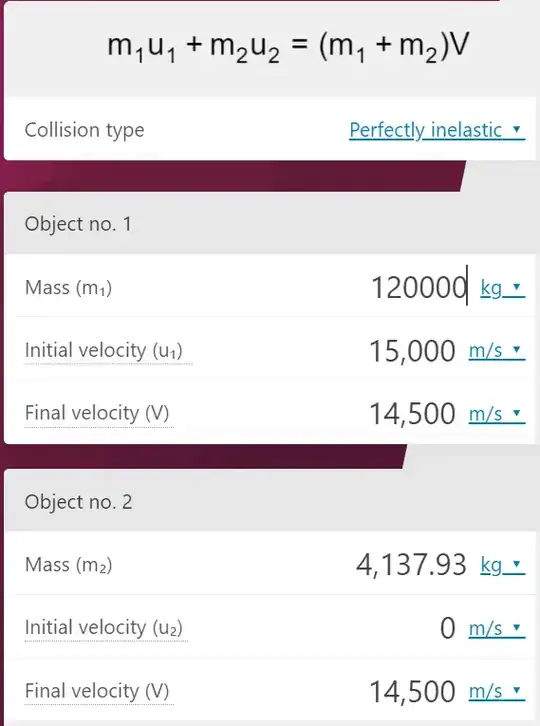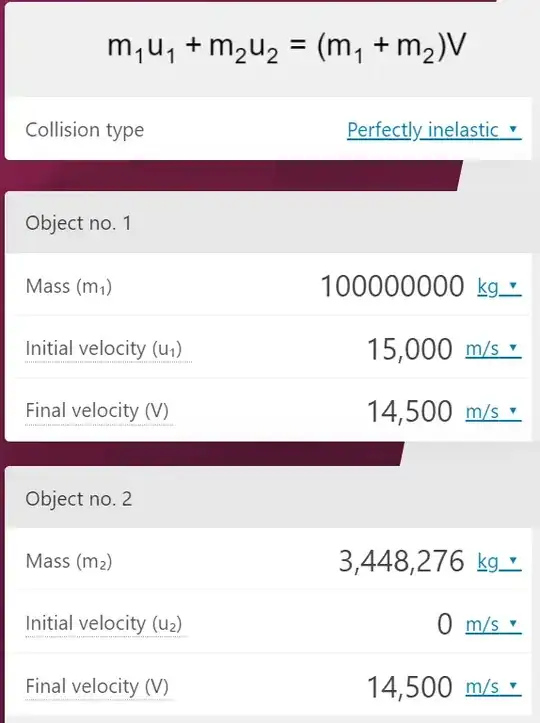Way out in left field answer number two.
So far, most answers are looking at something that the ship 'runs in to'.
Instead, A sticky solution. How about magnets?
Every ship produces an EM field around it. This EM field is traveling at extremely high velocities. So, feed the area with a gadzillion ball bearings. When a ship with a high EM field passes through, eddy currents will be induced in these ball bearings. These eddy currents are proportional to the speed of motion of an inductor in a field - i.e. very strong at spaceship speeds.
These eddy currents will generate a very large magnetic field around the steel balls, which in turn will be attracted to the ship hull, or indeed the EM field around the ship itslef. (Lenz's law - an induced magnetic field will oppose the field that prodced it). The ship does not have to HIT the ball bearings, they will be attracted to the ship (accelerate on their own) and all of this energy will be subtracted from the ship's forward momentum. Like the electric brakes on an electric car - the motor is turned into a generator and the power returned to the battery).
There would be a sudden deceleration jolt in the target spaceship, from three factors. One is the ship actually hitting a stray ball bearing, but I am sure the ablative shield could withstand it. Second, the mass of the ball bearings attaching magnetically and probably non-destructively to the ship, increasig its mass, and thus lowering the speed. But third, the induced back-EMF field opposing the motion that created it in the first place. This force, given the speeds involved, would be the strongest force, and not dependent on the mass of the ball bearings.
Of course, the target ship could avoid this by shutting down all sources of EM radiation, but this would potentially shut down all navigation and sensors. Also, I suspect even a ship traveling through background radiation would produce some induced EM field around it. However, an alternative would be for the ball bearings to be somewhat intelligent. Upon sensing an approaching ship, they would generate their own EM field. They would not only be attracted to each other, but collectively to the approaching ship. The effect would be like encasing the approaching ship in a magnetic fishing net.
Apart from a defensive move of a ship laying in wait, it would produce an effective speed-limiting measure around a space station. Only vehicles approaching at a very low rate of speed relative to the station would not be 'braked' by the system - a true 'speed bump' the purpose of which is to slow down the driver.
Edit Example
Here is an example of how eletric induction brakes are used to stop, for instance, trains and roller coasters.
An eddy current brake, also known as an induction brake, electric
brake or electric retarder, is a device used to slow or stop a moving
object by dissipating its kinetic energy as heat. Unlike friction
brakes, where the drag force that stops the moving object is provided
by friction between two surfaces pressed together, the drag force in
an eddy current brake is an electromagnetic force between a magnet and
a nearby conductive object in relative motion, due to eddy currents
induced in the conductor through electromagnetic induction.
EDIT Food for Thought on 'stickiness'
Water, or in fact, most liquids, can not exist in space. With the almost nil (atmospheric? non-atmospheric?) surrounding pressure, the molecules of almost any liquid in space will boil off almost immediately. But it boils off, not in individual molecules, rather in 'clumps' of molecules. When the clumps, or particles, get very small, they will now 'freeze' (turn into a solid) - they have lost so much energy in breaking the molecular bonds in 'reverse boiling' (boiling not because external additional energy is added, but boiling because the pressure is lowered so that the existing energy causes boiling) that they now solidify into a very fine mist of crystals.
However, the property of a liquid would be useful in this case - liquids are deformable (wet) and can wrap around an object when impacted. This is a 'sticky' property of liquids. They 'pour' over an object, covering it, without necessarily 'impacting' the object at high velocity (first contact would be an impact, but when the remaining liquid surrounds the object, no catastrophic impact). Nevertheless, it requires energy to do this - energy that is taken from the speed of the object.
So how to replace the molecular bond of a fluid with another 'fluid-type' but non-molecular bond? Yes, of course, electromagnetism. With no current flow, there is no magnetic attraction. All of the ball bearings remain 'at rest' with respect to each other in a disjointed cloud. (Eventually, of course, gravity would clump them together.) But as soon as eddy currents are induced in the ball bearings, the eddy currents produce a magnetic field, and the particles now attract each other. One will follow the other in a fluid motion. Even if they connect, they will still act like a 'fluid', due to their roundness. They can move over each other. Thus, they can surround another object without forcefully impacting it.
But here is the thing. Inducing a current in these ball bearings takes energy. The stronger the induced current, the more energy is 'expended'. This energy comes from the forward momentum of the inducing object. But the faster the ball bearings move in the field, the stronger the eddy currents. Here is a good primer on induced eddy currents and energy conversion. They are so powerful, as I have stated, eddy currents induced in the wheels of a train can bring the train to a stop.
To clarify why I think there would be an EM field around a space ship, they have been proposed as a 'shield' to protect the ship against cosmic radiation and such. EM fields could conceivably be standard fare for space ships in the future.
TL:DR
To clarify, the idea of using induced electromagnetic fields in ball bearings, is not to use the impact energy of a 'stationary' ball bearing on a moving space ship to destructively cause a loss in momentum of the ship, but to use the momentum of the spaceship to induce a magnetic field in a stationary ball bearing, causing the ball bearing to impactlessly accelerate to the speed of the space ship. It is this acceleration of the ball bearings that in part creates the drag on the ship, that results in slowing it down, not any destructive direct impact.
Another factor in the loss of forward momentum in the ship is the loss of energy as it is converted into heat in the ball bearings, from the induced (short circuit) current flow. The greater the induced current flow in the ball bearings, the more heat generated, the more energy taken from the ship's forward momentum.
The induced eddy currents in the ball bearings are created, in the first place, by the forward movement of the EM field around the ship, relative to the stationary ball bearings.

